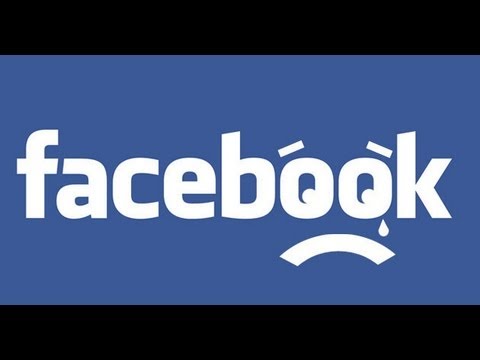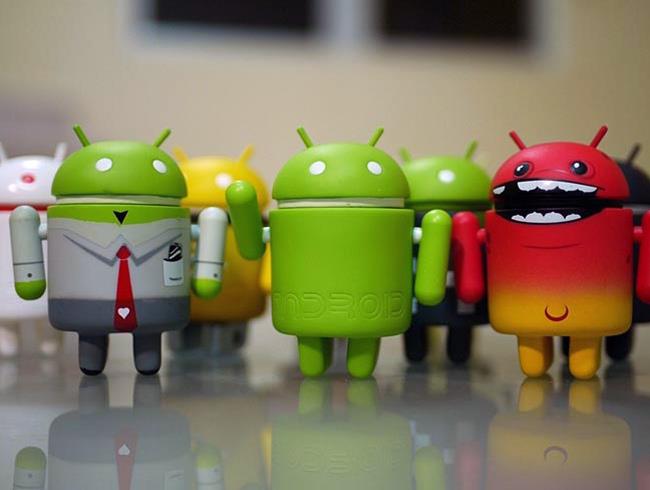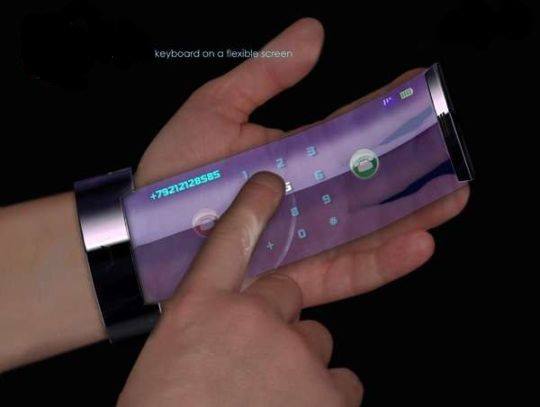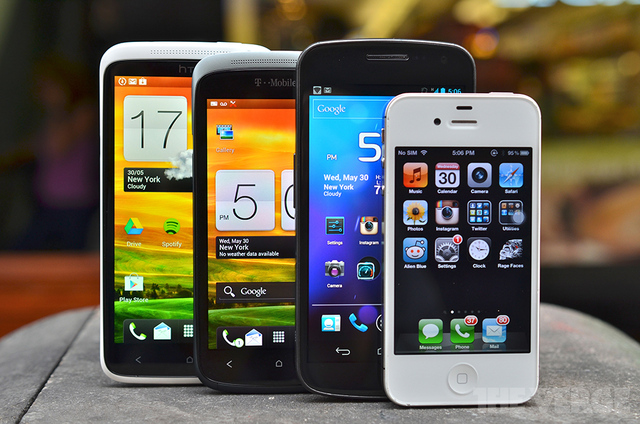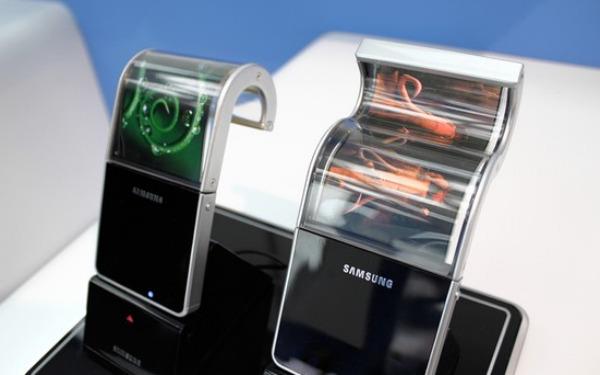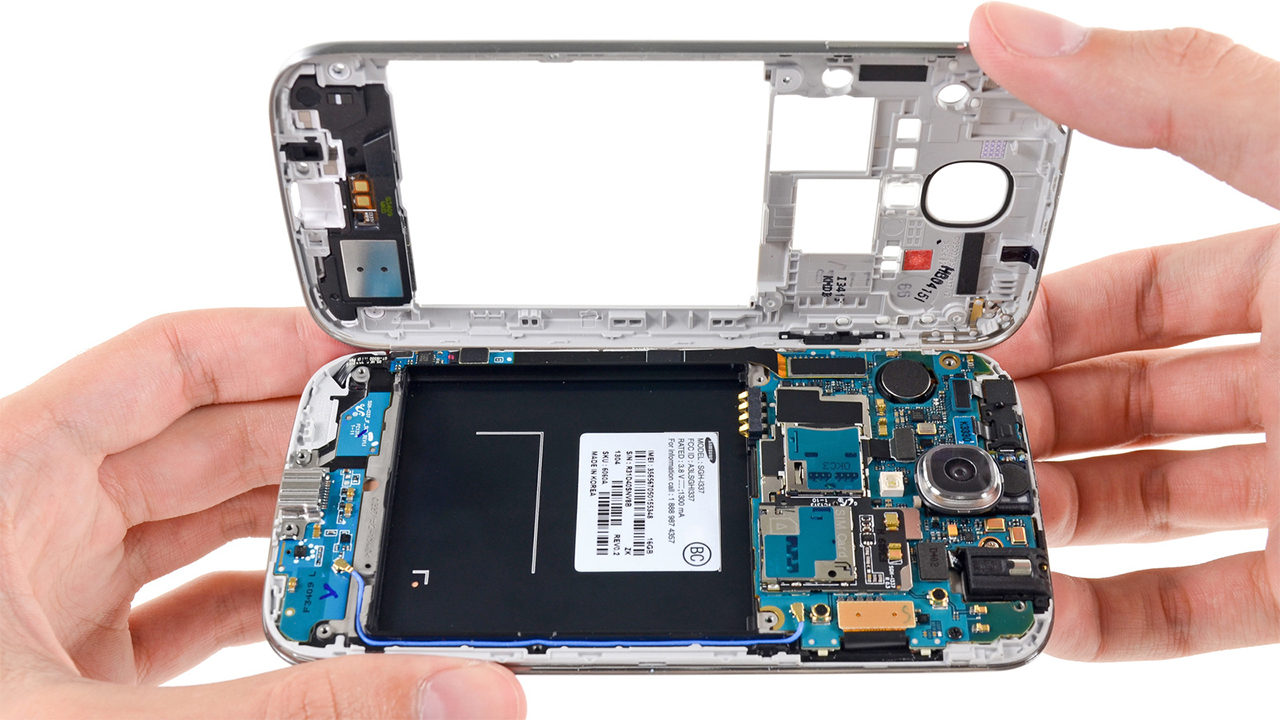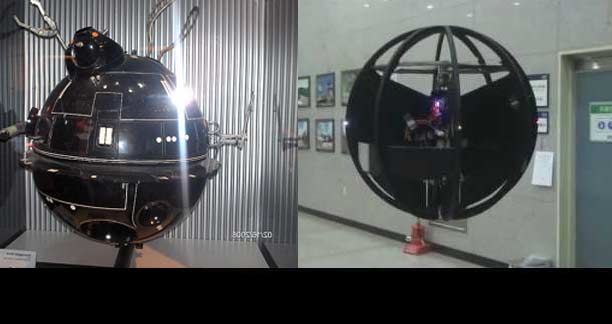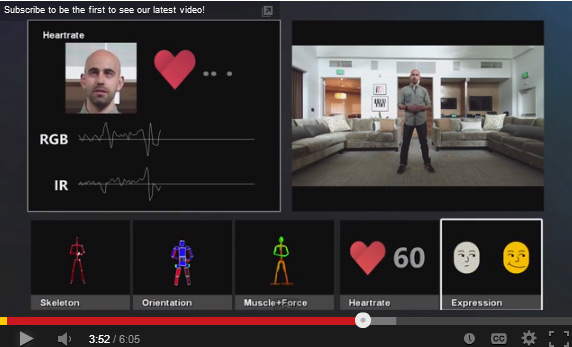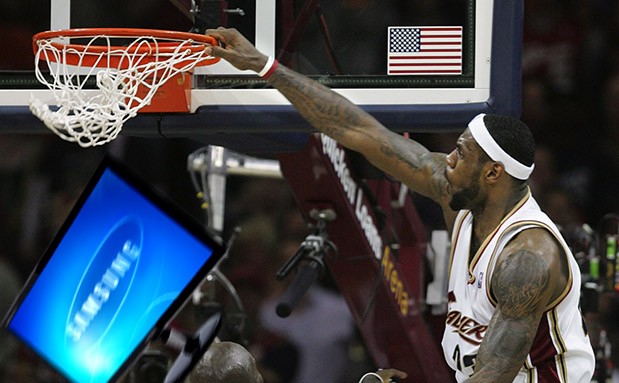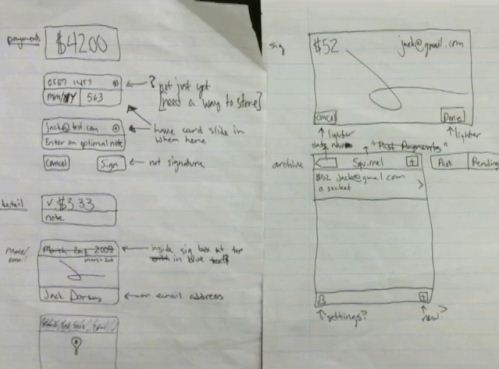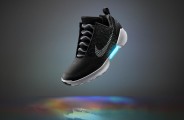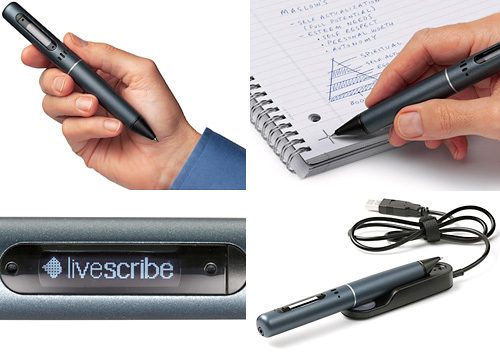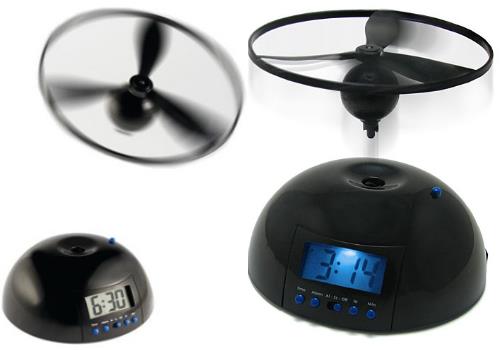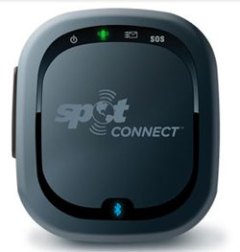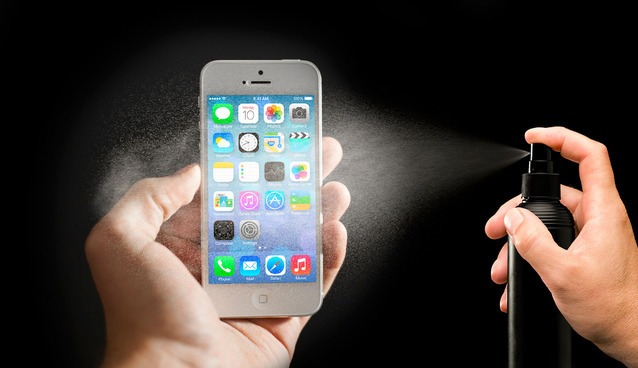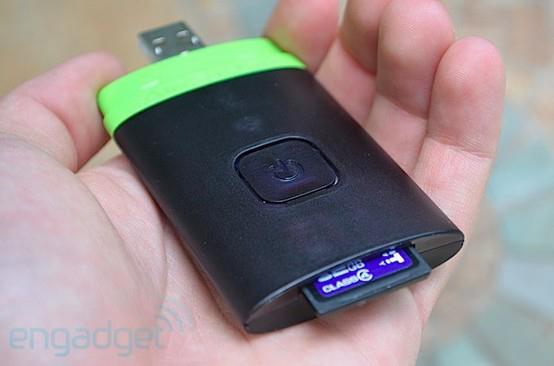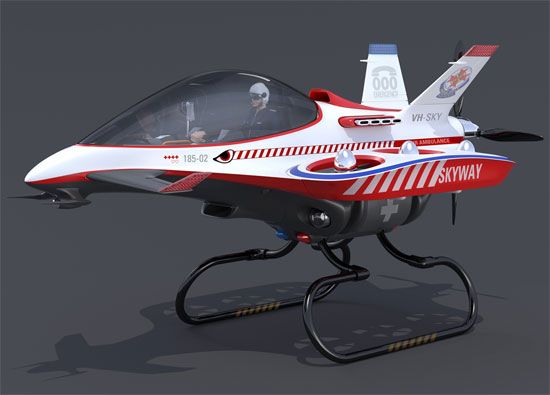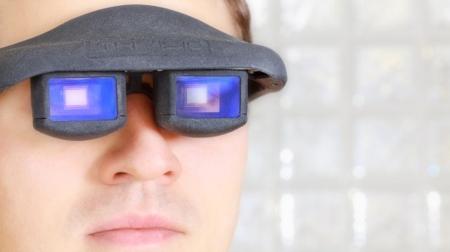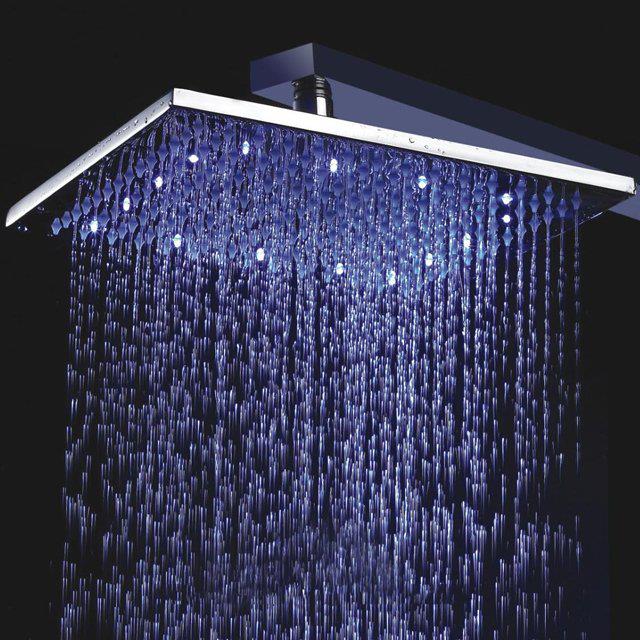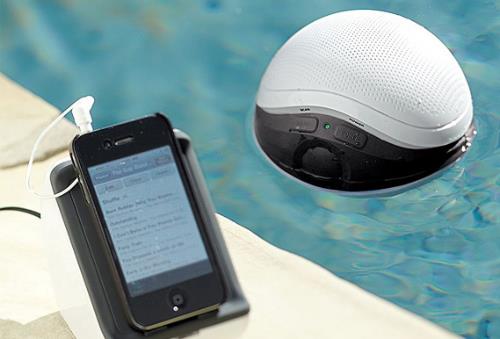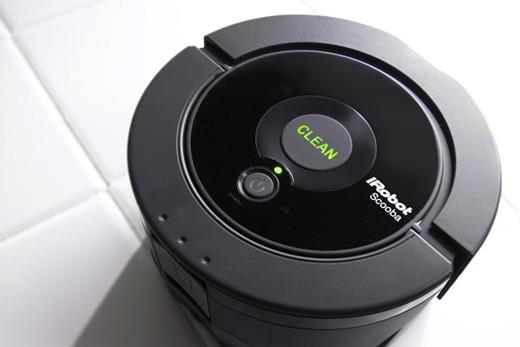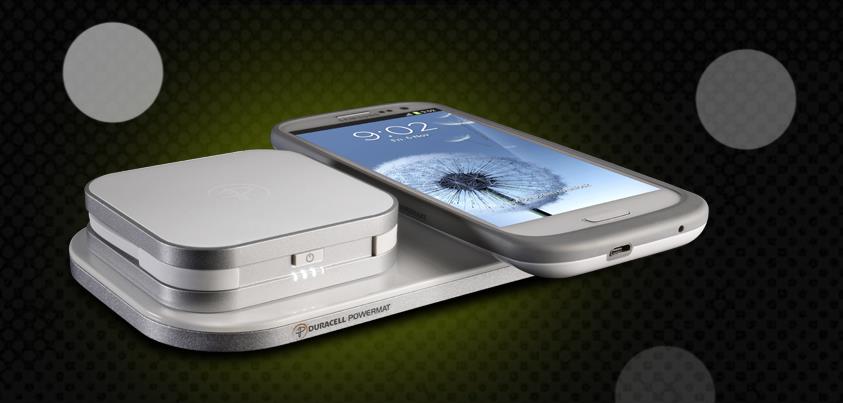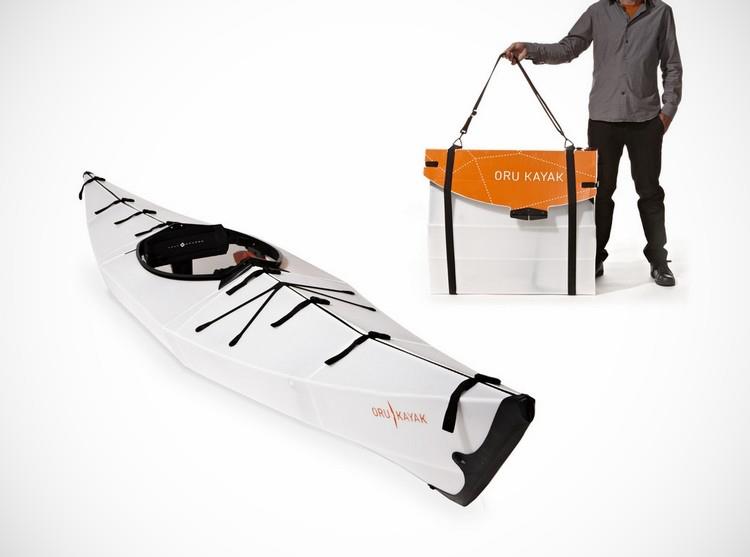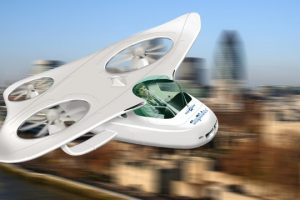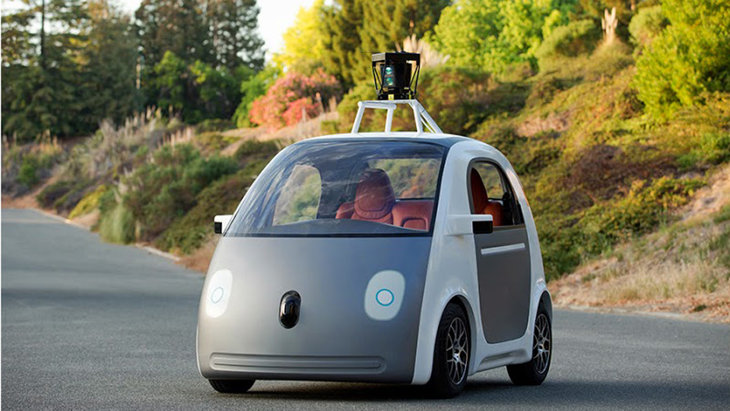9 Things ‘SmartWatches’ Will Need in Order to Be Industry Game Changers
I love the idea of the smartwatch, and so does the media as of late. Bloomberg reports that the upcoming iWatch, and wearable smart items, have started to give the tech industry the sense of a new game changing frontier.
By nature, I’m always thinking of ways to improve products. The iWatch and others like it, will need to be packed with features in order to snag the attention of the masses. So today, I’ve narrowed down nine must-haves I believe any SmartWatch will need, in order to change the game, and be the type of product the consumers will buy.
It’s a given that a smartwatch needs Bluetooth. But beyond that, it also needs the following:
 Charge cables and watches: Not fun.
Charge cables and watches: Not fun.
1. Great battery life
Nobody wants to charge a wristwatch. I already have too many cables and batteries to monitor. There needs to be a breakthrough in battery life on smartwatches. The iPod Nano lasted most of a week between charges. So does the Martian. That’s acceptable, barely. Regular watches last years. If smartwatch makers can’t crack awesome battery life, hopefully they’ll incorporate something else: kinetic or solar charging, or at least wireless recharging (which is currently being developed)
 The iPod Nano’s touch interface: Not bad, but doesn’t have iTunes Store or multi-app support.
The iPod Nano’s touch interface: Not bad, but doesn’t have iTunes Store or multi-app support.
2. Music connectivity
A killer iWatch should store some music on flash storage, like an iPod, but also stream a variety of sources from a nearby phone or tablet. Controlling volume, basic track-skipping, and even browsing and playing music by request via Bluetooth. Of course, we’d also want the option tolisten via Bluetooth headphones, as well as a good old-fashioned headphone jack. It needs to be the best remote control for music, and not feel hamstrung by a small interface.
 The Martian: Good for incoming calls, but only a one-line OLED display.
The Martian: Good for incoming calls, but only a one-line OLED display.
3. Notifications and call screening
At the very least, a smartwatch needs to do a basic job as a wrist-worn pager: buzz, light up, show caller IDs for incoming calls, texts, and other basic messages. In an ideal world, that watch would also help answer calls by patching into a headset. The Martian Passport answers calls directly, but mainly via a speakerphone that’s hard to hear and annoying to use. Androidand iOS have deep sets of call and message-screening features that watches could take better advantage of.

4. Deep multipurpose second-screen connectivity with apps
I’d expect a wearable device to work with multiple apps, not just one. And I’d want to interact via touch, voice, or both, with software hooks into supported apps. Most smartwatches I’ve seen are limited to a custom app that funnels certain functions. Apple could bake a deeper level of iWatch support right into iOS, and even let other app developers build support for it via an SDK, too. Imagine motion-tracking games, health tech providers building monitoring systems that work via an iWatch…or specific watch apps for other outdoor needs (sports, travel, weather, and so on). Follow a live sports event on your watch with second-screen updates. Load custom Twitter or IM feeds. Turn it into a remote control, or even a wearable baby monitor screen. If there’s any way for a smartwatch to break out of its definitional niche and become a killer device, it’s with app support.
 The iPod Nano has Nike+ integration and a pedometer.
The iPod Nano has Nike+ integration and a pedometer.
5. Health tracking
Any smartwatch that lacks any health-monitoring features gives a left-out feeling in 2013. The Martian Passport has many things, but no true pedometer. The older clip-on iPod Nano’s Nike support and pedometer were among its saving graces, but it lacked Bluetooth. A smartwatch should support motion tracking, coaching, and, preferably, a way to patch in data from blood-pressure monitors, scales, and other gadgets if desired. In this aspect, a smartwatch should work on its own even when no phone is around, and be able to sync up later (a la the Fitbit).

6. A cool look
Don’t underestimate this one. Wearable tech is a fashion statement. Consider that half the discussion about Google Glass is about how geeky/cool it’ll make you seem. Watches are already unnecessary — like eyeglasses, they’re chosen for the look. We already expect Apple products to be A+ on design, so the bar’s a lot higher for an iWatch. The Martian and the Nano-watch are the only cool-looking smartwatches I’ve seen.
7. A reasonable price
An iWatch will be an extra purchase. It won’t replace an iPhone or iPad. So it needs to be closer in price to the Pebble ($150) than the Martian ($299).

8. Sweat resistance
Neither the Nano-watchband combo nor the Martian are water-resistant, but they’re mildly splash-resistant. Health accessories, like the Jawbone Up and Nike FuelBand, require sweat resistance. If it’s on your wrist, it needs to be able to handle splashes. We’re living, sweating creatures.
 The Martian Passport works like a regular watch, but it’s a rarity among smartwatches.
The Martian Passport works like a regular watch, but it’s a rarity among smartwatches.
9. Simplicity (and just being a great watch)
Setting up a smartwatch is often an arcane procedure, which doesn’t necessarily scream “consumer-friendly.” Some of the Martian Passport’s myriad features took a lot of fiddling to figure out. A smartwatch should make things easier, not more difficult. Otherwise, we’d just reach for our phones. Wireless connectivity should be seamless. And, obviously, a smartwatch should be a good watch. The Nano-as-watch has awesome watch faces, but you still need to press its button to see the time.

Include all of these things, and you have the perfect smartwatch. Right now, there isn’t a wearable device that succeeds at every one. The field’s open.
The landscape is too new, the products too mercurial, for this to feel like a real consumer category yet. But it’s a landscape ripe for the claiming, if someone can figure out how to make a smartwatch everyone will want to buy.














